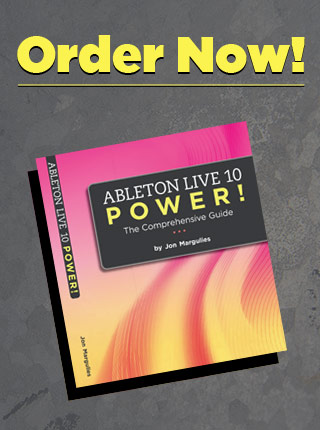As I’ve mentioned a couple of times, I find that applying mastering processing to a nearly completed mix can help draw attention to flaws in the mix.
In particular, I sometimes find peaks in individual tracks, overly dense sections of the mix, or errant low frequencies that sound fine until I try to squash the mix a bit. I’ll notice a moment of distortion or the gain reduction meter really going wild, and use that as a cue to check for problems with the mix at that moment.
A bit of peak limiting on individual tracks, sidechain compression, corrective EQ, or even removing a part cleans things up better than any mastering process can. My experience is that doing a bit of self-mastering can make you a better mix engineer – even if you’re ultimately going to let someone else do the mastering.
Bear in mind, however, that mixing through a mastering chain requires some experience. Because you’re flattening out the dynamic range considerably, you can make some very strange mix decisions. For example, turning up the snare drum in a mix can sound very different if you’re mixing into compression and/or limiting. An increase of 2dB that might really jump out otherwise can sound very tame. Instead of hearing the change in volume, you’re hitting the limiter which squishes the snare drum back into the mix, and changes the overall dynamics of the mix.
There’s nothing wrong with changing some levels after inserting compression/limiting, just make sure to reality check your decisions by checking the mix without the compression as well.





